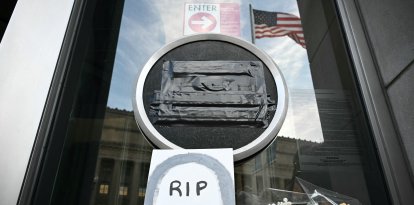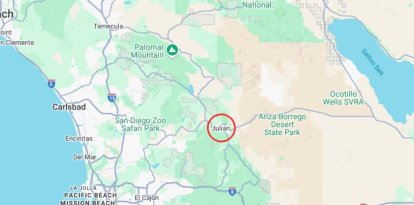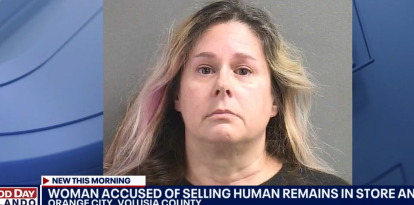New details in Liam Payne's death: toxicology tests reveal a 'cocktail' of drugs in his blood
The Casa Sur hotel employee who called the police shortly before the death of the former One Direction had warned that he was "overdosed with drugs and alcohol." The prosecution also said that there were substances in his room that "at first glance" appeared to be narcotics.

Vigil for Liam Payne in London
Liam Payne (31) had crack, methamphetamine and "pink cocaine" in his blood when he fell from a hotel balcony in Argentina, according to details of a preliminary toxicology report released to the press in recent hours. The pop star, a former member of One Direction, died last week after falling from the Casa Sur hotel in Buenos Aires.
The latest tests revealed that he was under the influence of a drug cocktail known as "tusi" or "pink cocaine," a mixture of methamphetamine, ketamine and MDMA. This was confirmed by anonymous sources familiar with the autopsy performed on the artist, as revealed by TMZ and ABC News. Crack, cocaine and benzodiazepine were also found.
ABC highlighted that "an improvised aluminum pipe to ingest drugs" was found in the artist's room. In images of Payne's room first published by local media, empty bottles and remains of a white powder can be seen (the Prosecutor's Office had advanced that some substances "at first sight" seemed to be narcotics), in addition to damages to the furniture, such as the shattered television screen and burns in the bathtub.
The hotel's front desk manager called the police shortly before Payne's death, warning of the damage: "We have a guest who is overdosed on drugs and alcohol and is breaking the entire room, we need someone to please send someone. The employee also said then that the room had a balcony, expressing concern that "he will do something life-threatening."
An autopsy performed the same Wednesday revealed "polytraumatisms" and "internal and external hemorrhage." Alberto Crescenti, head of the Emergency Medical Care System (SAME), told the media that the musician had suffered a fatal blow and that there was not even a chance to resuscitate him. In addition, investigators reported that, from the position in which he was found, Payne appears to have had no reflexes to protect himself, meaning he would have been in a state of total or partial unconsciousness.
RECOMMENDATION






















